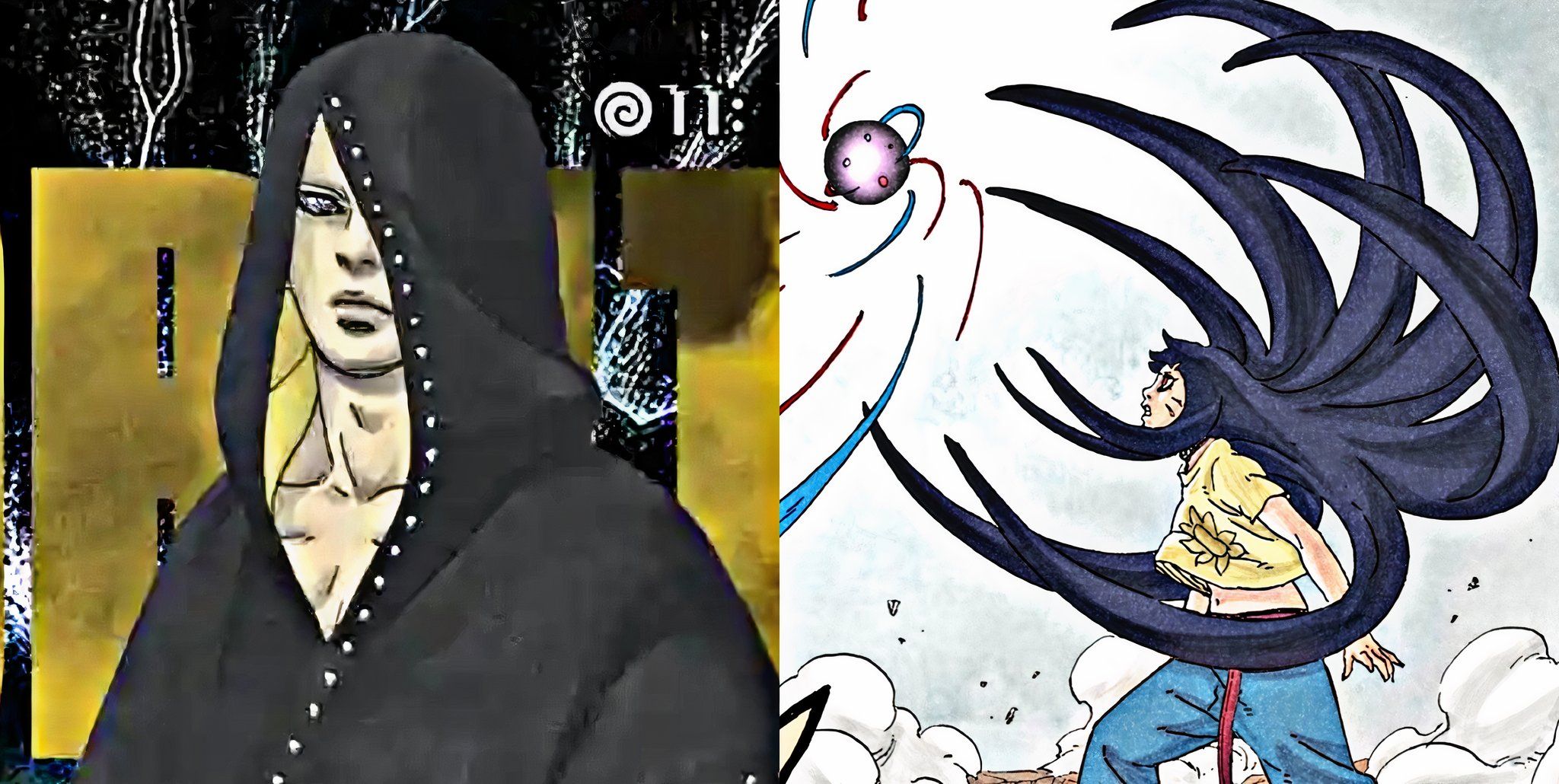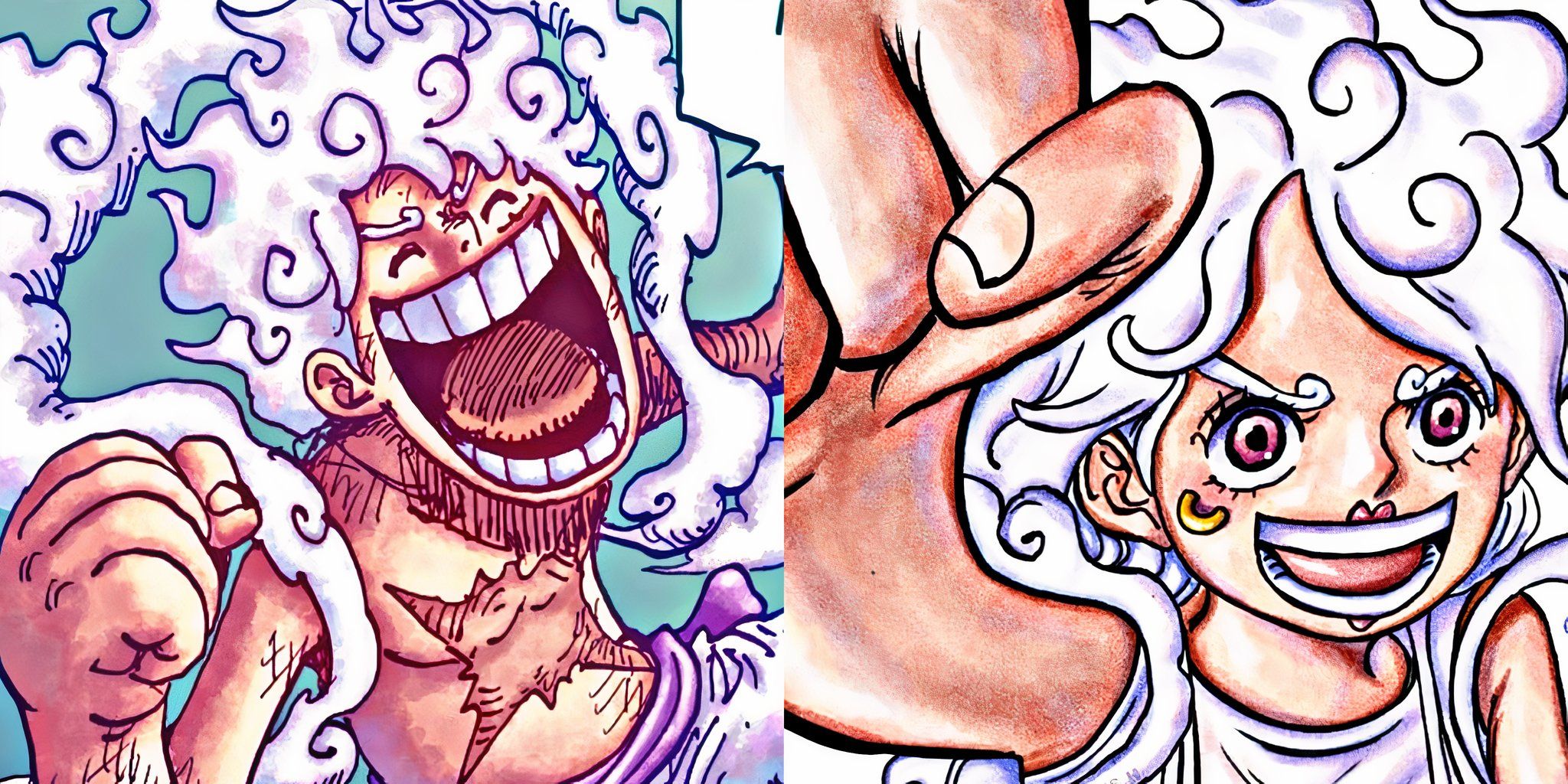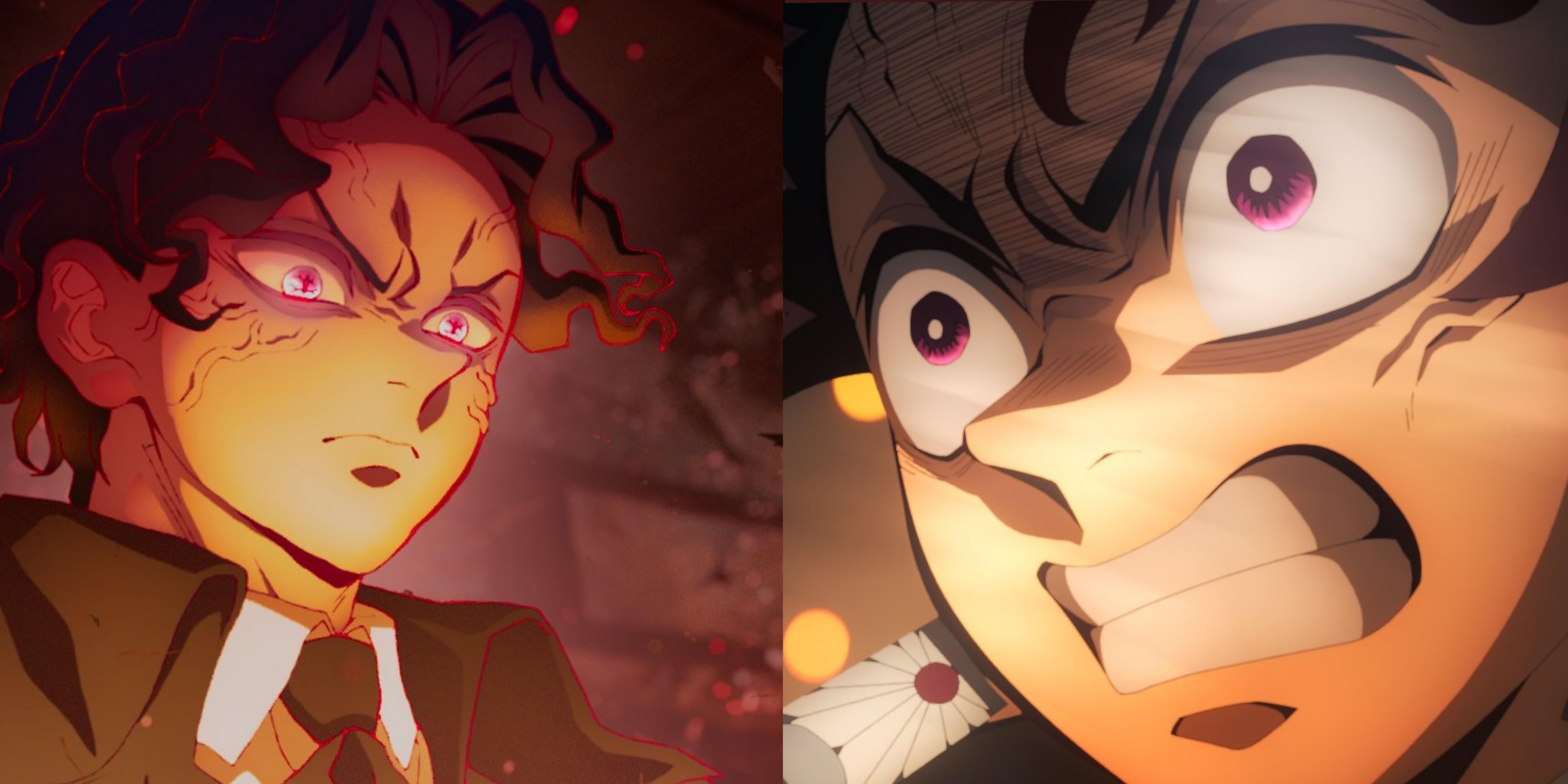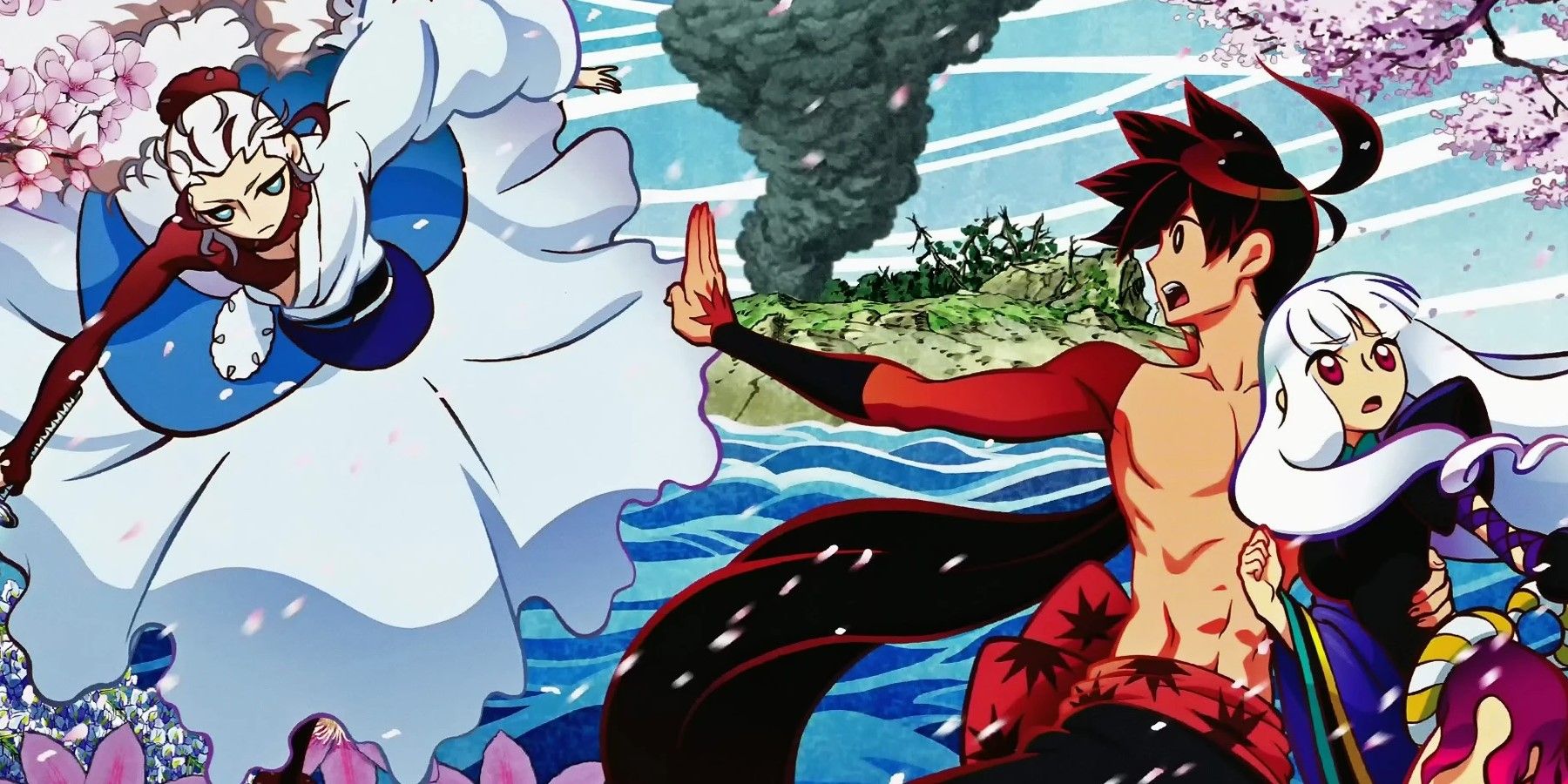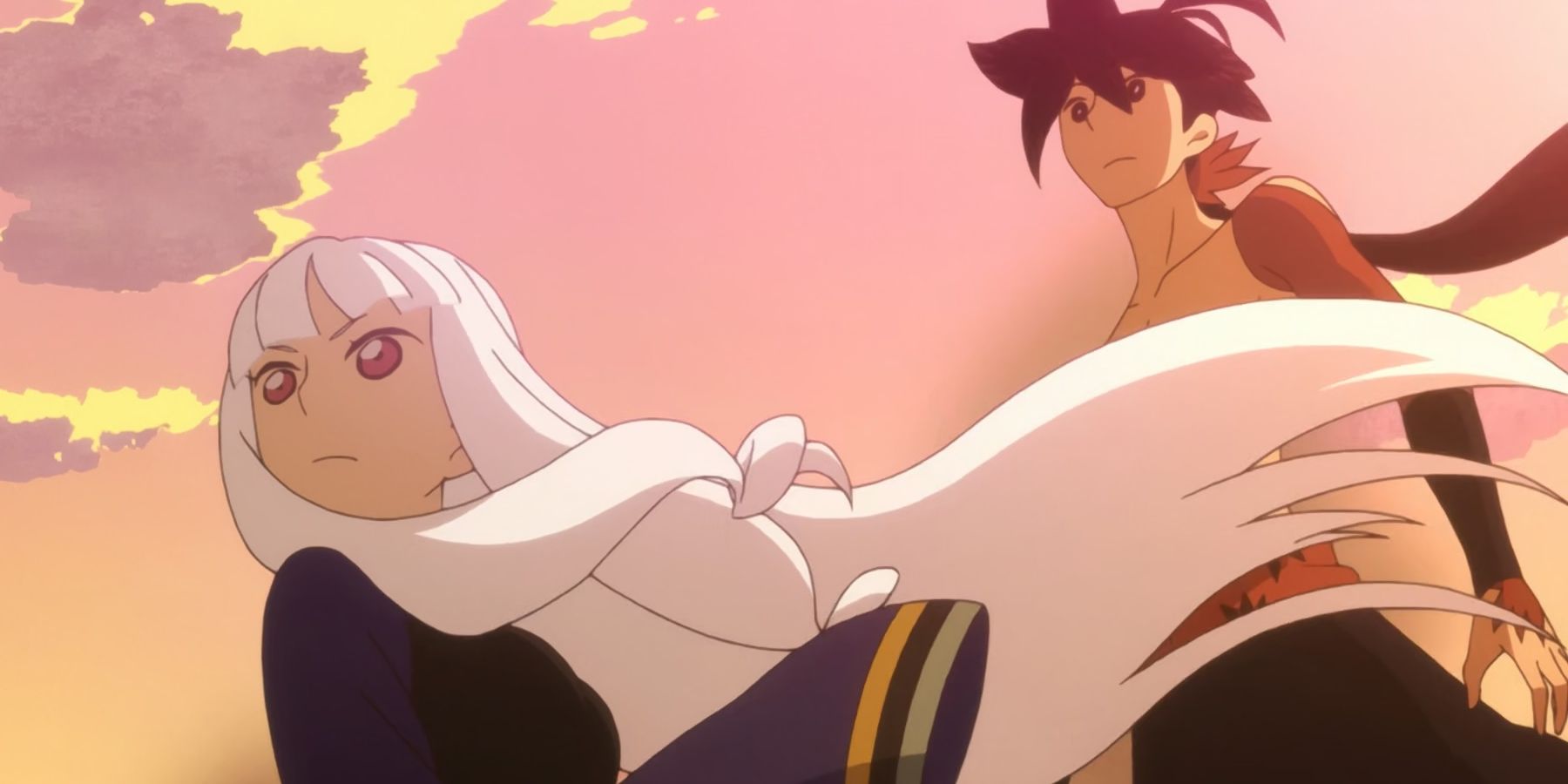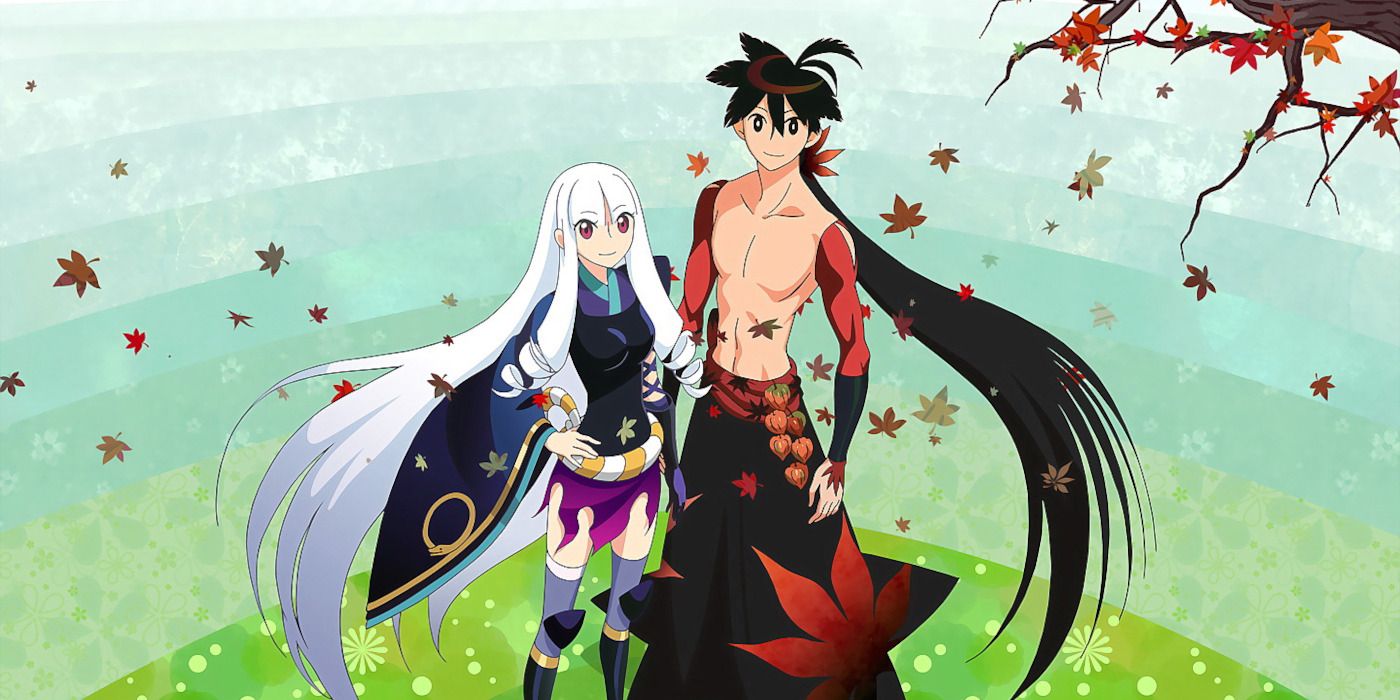The Monogatari Series blew up in popularity, particularly after the Studio SHAFT-produced anime adaptation of NisiOIsiN's supernatural mystery novels in 2009. Since then, there have been a few other titles by the author that have enjoyed time in the spotlight, with gorgeous anime adaptations.
Series written by NisiOIsiN that have had anime adapations include the Fall 2021 series, Pretty Boy Detective Club, as well as a masterclass by the author that goes unmentioned – Katanagatari, a series that isn't actually related to the similarly named installments in the Monogatari Series, but features several elements that are characteristic of a quintessential NisiOIsiN work.
Plot
Katanagatari is set in Edo Japan, a landscape lush with vibrant sword fighting styles. Shichika Yasuri, the last head of the Yasuri Clan, practices a unique form of sword fighting in Japan – Kyotо̄ryū; a swordless sword fighting style. The user wields their very body as a blade, but the Kyotо̄ryū school is hidden away deep in the mountains of a certain Japanese island.
Shichika lives in exile on Fushо̄ Island together with his sister Nanami, until a strategist named Togame arrives, claiming to be looking for twelve unique swords called "Deviant Blades", crafted by the legendary swordsmith, Shikizaki Kiki. Sent by the shogunate, Togame sees Shichika's strength as a valuable asset but does not want to blindly follow their orders, having grand ambitions of her own. Together, Shichika and Togame set on an adventure travelling across Japan in search of the Deviant Blades, but face the overwhelming strength of the various enemies they encounter.
Nomenclature
The name Katanagatari follows the same trend as those from author NisiOisiN's most famous work, the Monogatari Series. In Japanese, the word "monogatari" means "story"; however, the author manipulates various aspects of the word using similar words. The first installment in the Monogatari Series is Bakemonogatari, a portmanteau word containing "bakemono", meaning "monster"; and "monogatari". This effectively makes the title something akin to "Monstory" in Japanese. This trend continues with various other words indicating the various installments or arcs in the Monogatari franchise, such as "nisemono", meaning "imposter" or "fake"; "neko", meaning "cat" and others.
"Katanagatari" is an interesting play on words because "katana" obviously refers to the classical Japanese blade, while "-gatari" at first sounds like it invokes the earlier trend with the Monogatari Series, giving it the quality of meaning "story", but that's a deliberate deception. The word "Katanagatari" all together also sounds like it could refer to the act of collecting swords, particularly because the "-gatari" part invokes the concept of assembly or collection. Given Togame's mission to collect all twelve Deviant Blades, this interpretation of the title fits a lot more closely than the more obvious combination of "katana" and "monogatari" to create something with meaning close to "Sword Story", which would also make a lot of sense. Like any other NisiOisiN work, Katanagatari is laden in dialogue, with several scenes dedicated to a unique form of exposition. In that sense, "Katanagatari" refers a story about the collection of swords.
Best Elements
Some of Katanagatari's strongest elements are some of the same strengths found in some other NisiOisiN works, primarily the interesting and vivid dialogue, intricate relationships between characters and solid world-building which make it rather immersive despite having a slow start. The series also boasts 45-minute episodes rather than the standard 23 minutes, which make it a larger time investment than most other anime with less than 12 episodes. The cast of characters is particularly strong, with the series' best character being Togame. As the two main characters travel across Japan meeting the owners of the various blades, the creativity of the author is shown, as some of the Twelve Deviant Blades turn out to be something other than blades.
Over and above the action presented by the journey of Shichika and Togame, the other element that makes Katanagatari particularly good is the fact that it also develops their romantic relationship in a vibrant rendition of historical Japan. The animation style is unique, especially when it comes to character design. While it may not look quite like other anime of its kind, Katanagatari boasts an avant-garde art direction that makes it stand out, much like a more recent anime like Ranking of Kings. Overall, Katanagatari is an excellent anime both in terms of visuals and animation, as well as story and characters; however, it may have suffered a little to the passage of time.

